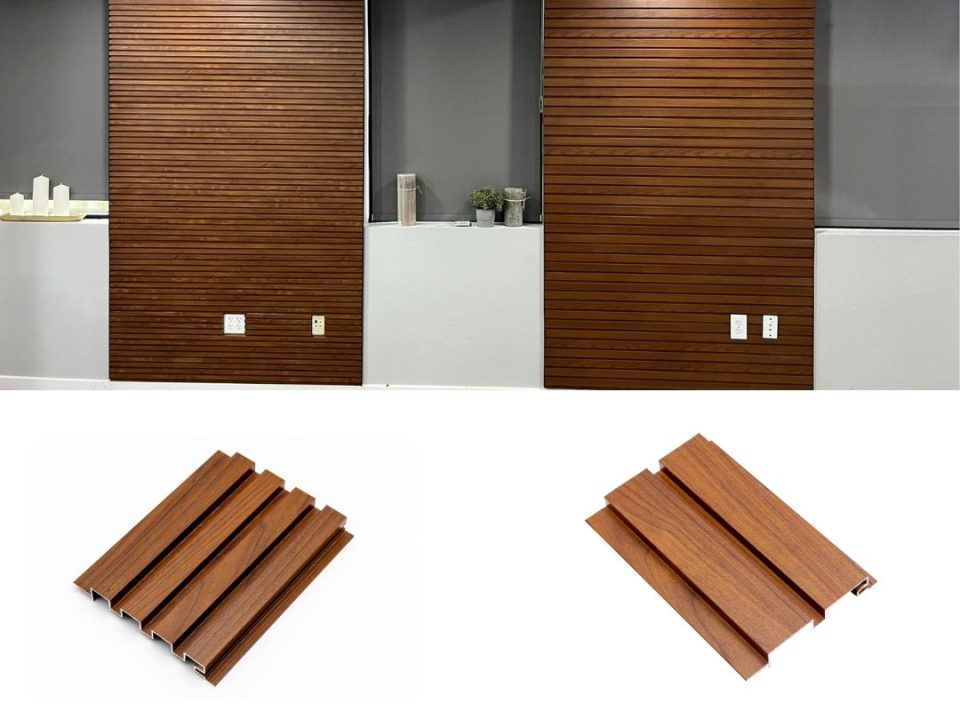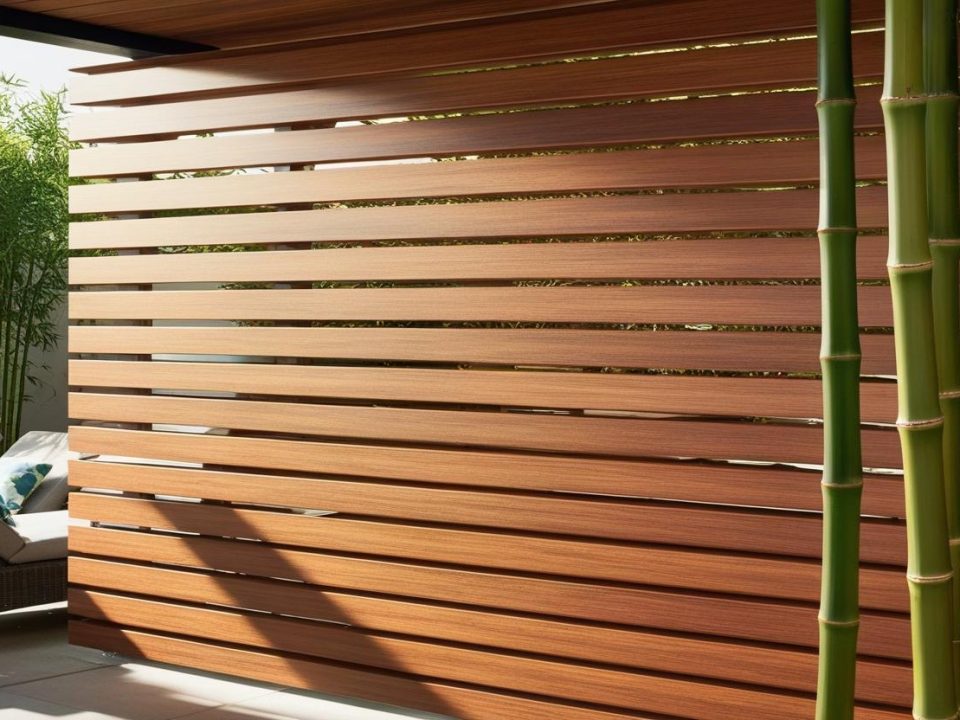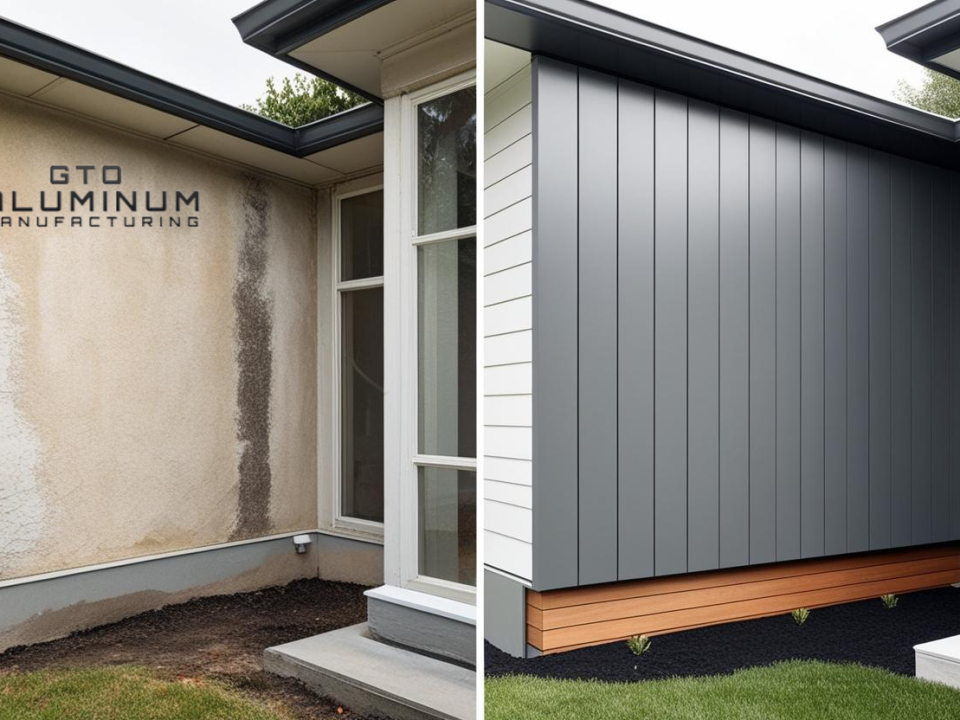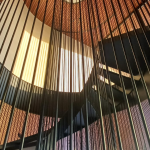
Aluminum Cladding for Historical Building Renovations
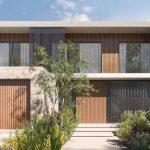
5 Ways Aluminum Cladding Can Supercharge Your Building’s Energy Efficiency

Designing an eco-friendly roof with aluminum cladding is an excellent way to combine sustainability with durability and aesthetic appeal. Aluminum is known for its recyclability, lightweight nature, and resistance to the elements, making it a prime choice for environmentally conscious construction.
This guide will walk you through the essential steps to design an eco-friendly roof using aluminum cladding.
1. Understanding the Benefits of Aluminum Cladding
Before diving into the design process, it’s important to understand why aluminum cladding is a sustainable choice for roofing. Aluminum is infinitely recyclable, meaning it can be reused without losing its properties.
This reduces the need for raw material extraction and minimizes waste. Additionally, aluminum’s lightweight nature reduces transportation emissions, and its durability means it requires less maintenance over time, further lowering its environmental impact.
2. Selecting the Right Aluminum Alloy
The first step in designing an eco-friendly roof with aluminum cladding is selecting the right type of aluminum. Different alloys offer varying degrees of corrosion resistance, strength, and formability.
For roofing, especially in harsh climates, it’s advisable to use marine-grade aluminum alloys like 5052 or 5083, which offer excellent resistance to corrosion and are highly durable. These alloys ensure that your roof will withstand environmental stresses while maintaining its integrity.
3. Incorporating Energy-Efficient Features
An eco-friendly roof should contribute to the energy efficiency of the building. Aluminum cladding can be combined with insulation materials to create a thermally efficient roofing system. This setup helps regulate indoor temperatures by reflecting solar heat in the summer and retaining warmth in the winter.
Additionally, consider integrating photovoltaic (PV) panels into the roof design. Aluminum is a great base for these panels, as it can support the structure without adding significant weight.
4. Designing for Durability and Low Maintenance
One of the key advantages of aluminum cladding is its low maintenance requirements. When designing your eco-friendly roof, ensure that the cladding is installed with proper ventilation to prevent moisture buildup, which can lead to corrosion over time.
The use of high-quality sealants and corrosion-resistant fasteners will further enhance the longevity of the roof. A well-designed aluminum roof can last decades with minimal upkeep, reducing the need for replacements and the associated environmental costs.
5. Maximizing Recyclability and Material Efficiency
To truly make your roof eco-friendly, focus on maximizing the recyclability of materials and minimizing waste during construction. Aluminum’s ability to be recycled without losing quality makes it an ideal material for sustainable building practices.
Design your roof in a way that minimizes off-cuts and utilizes prefabricated panels where possible. This approach not only reduces waste but also speeds up the construction process and lowers overall costs.
6. Aesthetic Considerations and Environmental Impact
While functionality is crucial, aesthetics should not be overlooked. Aluminum cladding offers a wide range of finishes and colors, allowing you to design a roof that complements the overall architectural style of the building.
Opt for finishes that are low in VOCs (Volatile Organic Compounds) to reduce the environmental impact during production. Reflective finishes can also help in reducing the heat island effect, making your building more energy-efficient and environmentally friendly.
7. Implementing Sustainable Drainage Solutions
An often-overlooked aspect of roof design is drainage. Ensure that your eco-friendly aluminum roof includes sustainable drainage solutions, such as a rainwater harvesting system.
Aluminum cladding can be designed to channel rainwater into storage systems, which can then be used for irrigation or other non-potable uses. This reduces the strain on local water resources and adds another layer of sustainability to your building design.
Conclusion
Designing an eco-friendly roof with aluminum cladding is a forward-thinking approach that aligns with modern sustainability goals. By choosing the right materials, incorporating energy-efficient features, and focusing on recyclability, you can create a roof that not only protects your building but also contributes to a greener planet.
Aluminum cladding’s combination of durability, low maintenance, and environmental benefits makes it the ideal choice for sustainable construction.
Get in touch with GTO Aluminum team today to get started!


